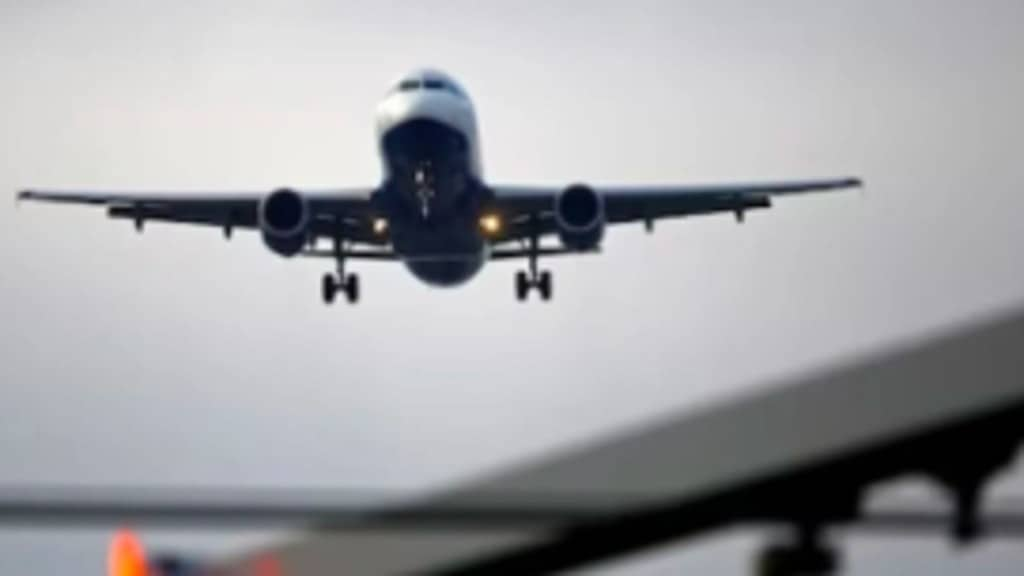The Directorate General of Civil Aviation (DGCA) has announced new regulations aimed at simplifying airworthiness requirements for light aircraft and non-scheduled plane operators. These new rules, set to reduce the compliance burden on operators, will come into effect on January 1, 2025, as per a release issued by the DGCA on Tuesday.
Currently, two primary Civil Aviation Requirements (CARs) govern the continuing airworthiness of aircraft in India:
– CAR-M: This covers the continuing airworthiness of all aircraft types, including those used for scheduled and non-scheduled operations, flying training, general aviation, and private operations.
– CAR-145: This regulation specifies the maintenance requirements for aircraft used in commercial operations and complex motor aircraft.
Both CAR-M and CAR-145 apply uniformly across organisations, regardless of size, and cover maintenance processes for both commercial and private aircraft.
Introduction of new sets of regulations
To further streamline airworthiness requirements, especially for light aircraft and private operators, the DGCA has introduced three new sets of regulations:
– CAR-ML
– CAR-CAO
– CAR-CAMO
These new regulations, aligned with the European Union Aviation Safety Agency (EASA) standards, aim to simplify the airworthiness requirements for light aircraft and those operated by organisations other than licensed air carriers. Additionally, appropriate amendments have been made to the existing CAR-M and CAR-145 regulations.
Impact on the aviation industry
According to the DGCA, the introduction of these new and revised regulations will significantly reduce the compliance burden for operators and organisations using non-complex aircraft, as compared to those operating complex aircraft, including those used in scheduled commercial operations.
Government initiatives for improved connectivity
The government is also exploring further measures to enhance air connectivity across the country. This includes promoting seaplane operations as part of the regional air connectivity scheme.
With inputs from PTI


